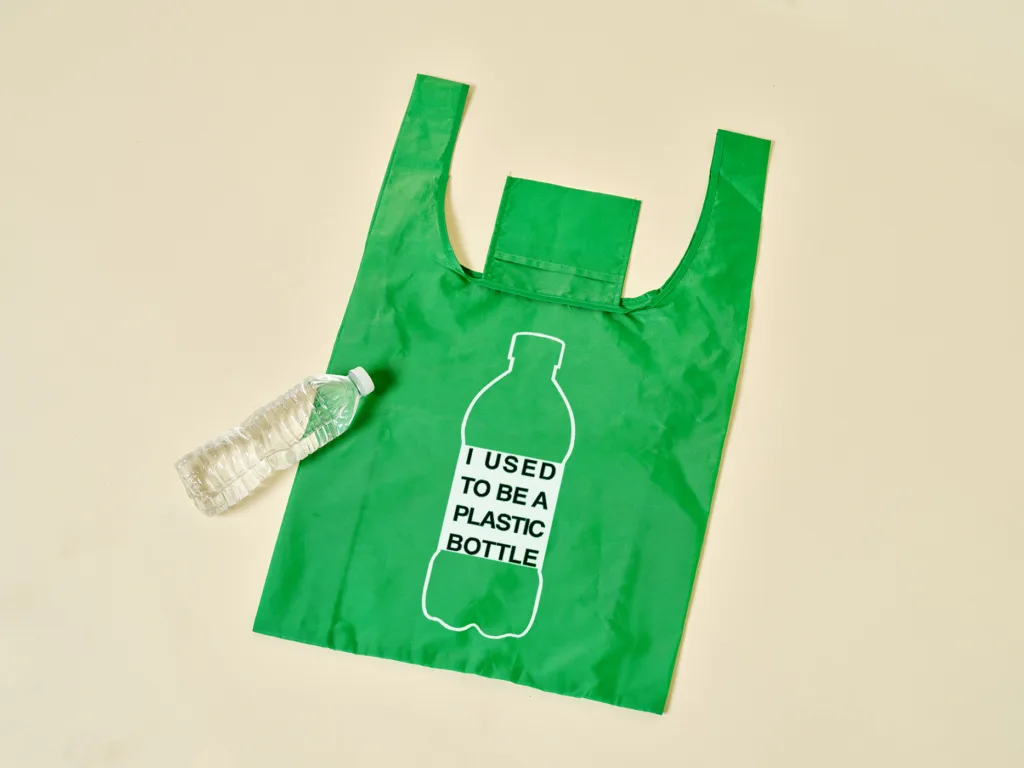In the quest for sustainable fashion, Recycled Polyethylene Terephthalate (RPET) bags have emerged as eco-friendly alternatives that champion both style and environmental consciousness. As the demand for such bags continues to rise, the choice of an RPET bag manufacturer becomes a pivotal decision for brands and consumers alike. This exploration delves into the realm of sustainable style, uncovering the intricacies of RPET bag manufacturing and highlighting some of the best manufacturers in the industry.
Understanding RPET Bags:
RPET bags are crafted from recycled PET plastic, commonly found in beverage bottles and packaging. By repurposing post-consumer plastic waste, these bags contribute to reducing the environmental impact of plastic pollution and promoting a circular economy.
The Manufacturing Process of RPET Bags:
- Collection of PET Bottles:
The journey begins with the collection of used PET bottles from recycling centers and waste management facilities. These bottles are thoroughly cleaned to remove labels, caps, and any impurities.
- Shredding and Sorting:
The cleaned PET bottles undergo mechanical shredding, breaking them down into small flakes. These flakes are then sorted to eliminate any remaining contaminants, ensuring the purity of the recycled material.
- Melting and Extrusion:
The sorted PET flakes are melted and extruded through small openings to create thin strands of polyester, known as filament yarn. This forms the basis for the fabric used in RPET bags.
- Spinning into Yarn:
The extruded strands are spun into yarn through a spinning mechanism. This process aligns the polyester fibers, enhancing the strength and durability of the resulting yarn.
- Weaving or Knitting:
The RPET yarn is woven or knitted into a textile structure. Weaving involves interlacing the yarn in a crisscross pattern, creating a tightly woven fabric. Alternatively, knitting involves the interlocking of loops, resulting in a more flexible material.
- Dyeing and Finishing:
The RPET fabric undergoes a dyeing process to add color. Eco-friendly dyeing methods are often employed. Following dyeing, the fabric may undergo finishing processes, such as waterproofing or special coatings to enhance its functional properties.
- Pattern Cutting and Assembly:
The dyed and finished RPET fabric is laid out in layers, and pattern pieces for the bags are cut with precision. Skilled artisans or automated machinery then assemble the bags, stitching together the various components, including the main body, handles, zippers, and additional features.
- Quality Control:
Stringent quality control measures are implemented throughout the manufacturing process. Inspection of the RPET material, verification of pattern cutting accuracy, and examination of stitching and assembly ensure that each bag meets the desired standards of durability and aesthetic appeal.
- Branding and Packaging:
Once assembled, the RPET bags undergo branding with elements such as logos and labels. They are then carefully packaged for transportation, often utilizing sustainable packaging options to align with the eco-friendly nature of the product.
Choosing the Best RPET Bag Manufacturer:
Selecting the right RPET bag manufacturer is crucial for ensuring quality, sustainability, and ethical practices. Here are some factors to consider:
- Sustainability Practices:
Look for RPET bag manufacturers committed to sustainable practices. This includes using a high percentage of recycled materials, minimizing water and energy usage, and adhering to eco-friendly production processes.
- Certifications and Standards:
Check for certifications such as the Global Recycled Standard (GRS) or other relevant eco-labels. Certifications ensure that the RPET bags meet specific environmental and social responsibility standards.
- Quality of Craftsmanship:
Assess the quality of craftsmanship in the bags. This includes the durability of the material, precision in stitching, and the overall design. Quality bags contribute to long-lasting and satisfying consumer experiences.
- Customization Options:
Consider whether the RPET bag manufacturer offers customization options. Some brands may want to create unique designs or incorporate specific features. A manufacturer with customization capabilities can accommodate these preferences.
- Transparency in the Supply Chain:
Choose a manufacturer that provides transparency in its supply chain. Information about sourcing, production processes, and ethical labor practices contributes to a trustworthy and transparent relationship.
Best RPET Bag Manufacturers in the Industry:
- Ecoalf:
Ecoalf is a pioneer in sustainable fashion, known for its commitment to creating high-quality products from recycled materials. Their RPET bags showcase innovative design and durability, making them a standout choice for eco-conscious consumers.
- Repreve:
Repreve is a leading brand in recycled fibers, and their RPET bags are no exception. With a focus on performance and sustainability, Repreve’s bags offer a perfect blend of functionality and environmental responsibility.
- Patagonia:
Patagonia, a renowned outdoor apparel brand, extends its commitment to sustainability to its line of RPET bags. Known for durability and ethical practices, Patagonia’s bags are favored by those seeking both ruggedness and eco-friendliness.
- Baggu:
Baggu is recognized for its stylish and functional RPET bags. Their diverse range of designs and colors caters to fashion-forward consumers while maintaining a strong emphasis on sustainability.
- Herschel Supply Co.:
Herschel Supply Co. combines style and sustainability in its RPET bag collection. With a focus on classic designs and modern functionality, Herschel’s bags appeal to a broad audience seeking both fashion and eco-conscious choices.
Conclusion:
As the demand for sustainable fashion grows, the choice of an RPET bag manufacturer becomes a critical decision for those seeking style with a conscience. The manufacturing process, from collecting PET bottles to crafting stylish and durable bags, showcases the transformative power of recycling. Choosing the best RPET bag manufacturer involves considering sustainability practices, certifications, craftsmanship, customization options, and transparency in the supply chain. By aligning with reputable manufacturers committed to eco-friendly principles, consumers contribute to a more sustainable and circular fashion economy—one bag at a time.



